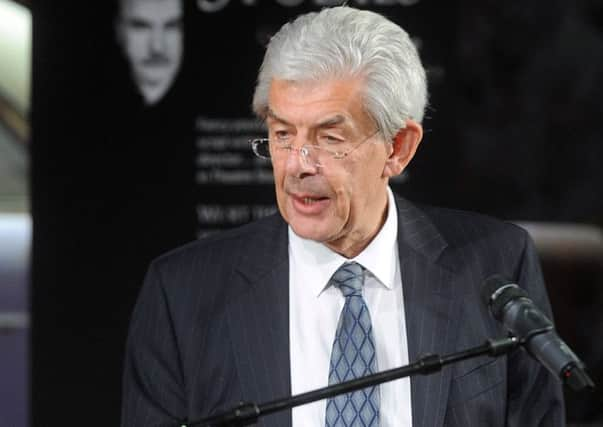Book review: Immortal Memory, by Christopher Whatley


It is indeed remarkable that a poet whose first two editions (the Kilmarnock Edition and the 1787 Poems) sold barely over 3,000 copies would become in some ways synonymous with all the virtues and vices of Scottishness; would become, in part, an avatar of Scotland itself. It is not an unproblematic story, and Whatley tells it with panache and rigour. It is detailed without being pedantic, judicious without being judgmental and broad-sighted without being platitudinous.
Although Whatley does mention the poets, such as Janet Hamilton, Janet Little, William Thom and Robert Tannahill, who clearly took their lead from Burns, his key concern is with material culture and the debates around it; in particular, with statuary. The first statue to Burns was erected in 1819 in Dumfries and there are another 15 around Scotland and far more abroad. This was a mere 22 years after Burns’ death, and 14 after a church minister coined the word “Burnomania”. It was not, as Whatley notes, the first planned statue – the 11th Earl of Buchan had initially intended the red sandstone statue of Wallace at Bemersyde to be of Burns, but, in typical and eccentric fashion, changed his mind.
Advertisement
Hide AdThrough a study of the statues Whatley creates a vivid picture of how Burns was variously and contradictorily co-opted. Through such close scrutiny, certain ironies and ambivalences emerge. The initial rush to commemoration occurred as a Tory initiative. In post-Napoleonic Scotland, Burns could be read as proud Scot and loyal patriot – “Let haughty France invasion threat” would be cited over the more revolutionary and Jacobinical lyrics. There was a simultaneous Chartist adoption of Burns which sought to emphasise his radical persona, and the chapter shows how the seeds were sown for “A Man’s A Man For A’ That” to be sung at the opening of the Scottish Parliament. Later, the cult of Burns would be taken up by the Liberals, who would stress him as a figure yearning and pining for universal suffrage (within limits) and the role of Archibald Primrose, the first Earl of Rosebery, is given due prominence in these sections. Whatley’s detail on the number of funders and benefactors who had become rich from more humble origins puts a the whole topic in a new light. The founding of Burns clubs plays into a much larger picture of social change. Although some were quaffing shops for local worthies, some – especially in Dundee – were debating societies outside of the university system, precursors of such institutions as the Open University.
Burns’s was a divisive legacy as well as a unifying one. Particularly when the Kirk was involved, there was a split between those who venerated him as a magnanimous martyr, and those who felt that erecting monuments to a libidinous drunk was not in the tradition of Knox. The sentimental and the sordid are marbled throughout Burns, and it is curious that so many of even his most radical supporters wished, in their own work, to stress fidelity and sobriety. I would go one further – had the correspondence been available in uncensored form, I doubt we would now be so keen to laud him at all. Just look up his letter of 3rd March 1788 to Ainslie.
Although Whatley does include literary influence, and references both the scandal of the Catherine Carswell biography of Burns and the predictable vituperations from Hugh MacDiarmid, it is a shame that he did not look more closely at the period before the mania for sculpture begins. The publication of Robert Cromek’s Reliques Of Robert Burns in 1808 started a small literary storm as figures such as Francis Jeffrey and John Gibson Lockhart tried to reconcile their admiration for Burns the poet with their revulsion at Burns the man – Jeffrey in particular, tackling the argument that genius trumps decency with laser-like precision and his customary wit. To ignore Thomas Carlyle’s inclusion of Burns in his essay on “The Hero as Man of Letters” in On Heroes, Hero-Worship And The Heroic In History is bemusing: after Ossian, Burns and Scott, the only figure of world significance from Scotland in this period is Carlyle. “The most gifted British soul we had in all that country of his” is his wryly askance view of Burns.
Whatley holds his formidable research together by having a strong spine based around the sculptures. This raises some profitable avenues for future enquiry, ironically. Writers with as much acclaim and accomplishment as Burns have also been monumentalised but no longer cleave to the public consciousness: Scott, most obviously. Statues are notoriously silent. Maybe the real carrier of Burns through the centuries was song.
*Immortal Memory by Christopher Whatley is published by John Donald, £14.99